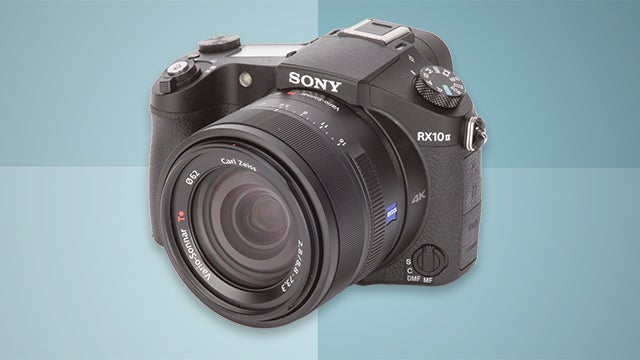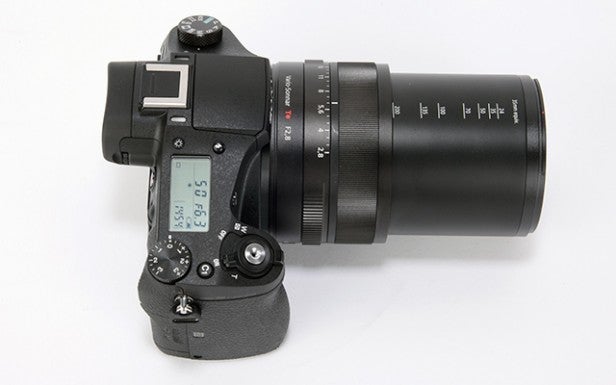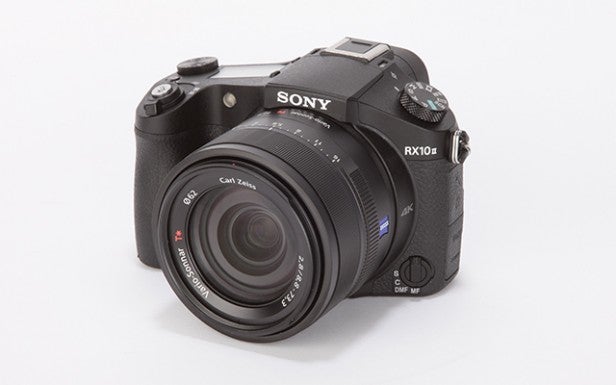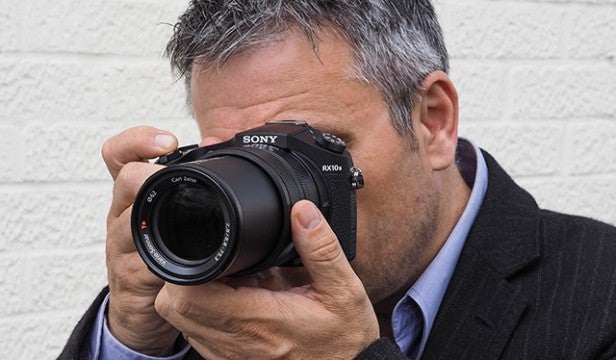Sony RX10 II Review - Lens, AF and Performance Review
Lens, AF and Performance
Is this the ultimate superzoom?

Sections
- Page 1 Sony RX10 II Review
- Page 2 Lens, AF and Performance Review
- Page 3 Image Quality, Video and Verdict Review
Sony RX10 II: Lens
The lens is what makes the Sony RX10 II a better choice over the much, much smaller RX100 IV for many people. Aside from the lens, the two cameras are surprisingly similar.
Here you get a 24-200mm lens whose maximum aperture is f/2.8 throughout the zoom range. This is the same as used in the original RX10, but is still one the main draws of the camera.
24-200mm is a very versatile range. It’s wide enough for landscape shots at the open end, and extended enough for nature shots at the telephoto end. It is also not so long a zoom that shooting handheld and keeping the subject in the frame become huge issues.
Those wanting truly huge zoom capabilities may want to consider something like the Canon G3 X instead, although its maximum aperture takes a dive soon as you start zooming, settling down at f/5.6. The Sony RX10 II is pretty fast throughout its range. It’s sharp too. It’s a case of lens zoom versus lens optical quality, and we’d pick the latter any time.

Sony RX10 II: Performance and AF
Given the Sony RX10 II packs in quite a lot of features, it’s perhaps a slight surprise that it sounds like it doesn’t have a particularly advanced AF system. Rather than using a hybrid phase and contrast detection system, it has a pure contrast system, the kind used by the most affordable cameras.
However, it’s a sign of the times that even with this its focus performance is remarkably good. In decent light shooting at 24mm the Sony RX10 II is incredibly quick to focus, making Sony’s claim of 0.09-second focusing ring true.
This falls away a bit as the light dims down, and as you start using the zoom. You will see some of the classic contrast detection focus seeking in trickier conditions. But it’s an excellent result for a contrast system nevertheless. There’s also good manual focus control, with a strong control ring around the lens and the EVF magnification/focus peaking view great for judging focus.

As well as pure improvements to contrast detection algorithms, we like to think the Sony RX10 II’s advanced brains have something to do with the good AF performance. Quicker backroom computing power is one of the most important upgrades since last year’s model.
First, it has a stacked CMOS sensor rather than a BSI (back-side lluminated) one, letting the sensor’s circuity sit behind the photosensitive elements rather than to the side of them. The Sony RX10 II also has dedicated a DRAM chip that turbo-charges performance even though the camera has a processor from the same Bionz X family as the RX10.

Its speed is quite remarkable. A lot of this comes through on the video side, which we’ll cover later, but standard burst shooting is excellent too. Where the Sony RX10 can shoot at an already-great 10fps, the RX10 II jumps up to 14fps. You can shoot 43 photos at this speed before the buffer is exhausted and the shutter slows down, but that’s enough to give the camera excellent action photographer cred.
You can also slow down the shutter to 5fps, at which you can capture 55 JPEGs or, again, 43 RAW files before the camera slows. The Sony RX10 II feels, and is, very nimble.


